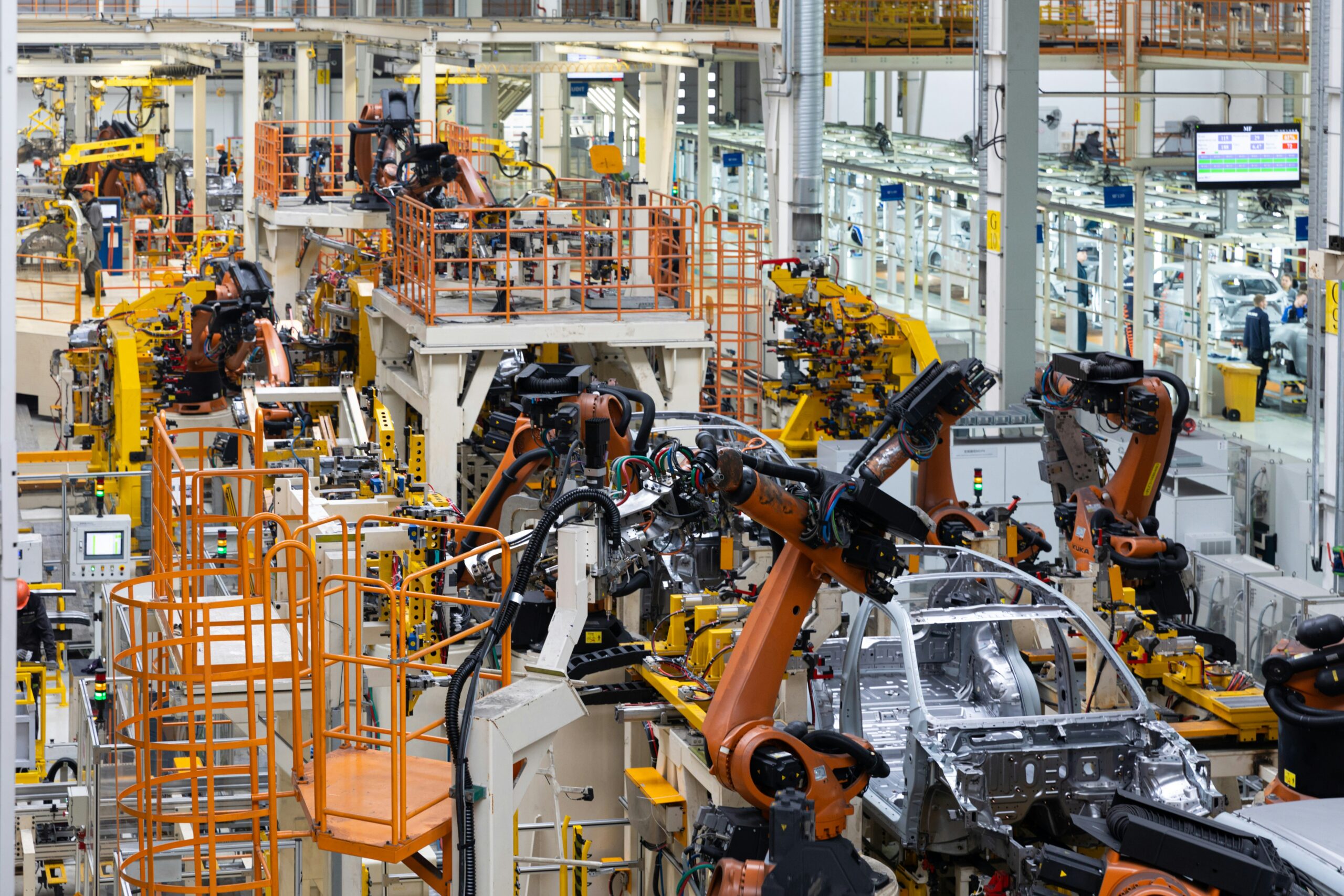
The Sim Corder/Harrison Mill, a significant industrial landmark, holds a deep-rooted connection to the development of the local economy. From its inception, it shaped the course of industry in the region, providing a model for innovation, workforce development, and economic stability. The mill’s legacy extends beyond its machinery and production; it represents the collective effort of countless individuals and communities whose lives were intertwined with its success. By exploring its history and impact, it becomes clear that the mill played a pivotal role in the evolution of the area’s industrial landscape.
The Beginnings of a Mill Revolution
The Sim Corder/Harrison Mill was born in an era of rapid industrialization when new technologies and manufacturing processes transformed how goods were produced. The mill’s establishment coincided with a period of intense growth, both in the region and in the broader industrial world. By adopting the latest technological advancements, the mill quickly became a leading force in local manufacturing, setting a standard for others to follow.
This period marked the beginning of a significant industrial revolution within the region. The mill’s modern machinery and innovative methods increased production efficiency, allowing it to meet the market’s growing demands. As a result, the mill became an essential player in the local economy, contributing significantly to regional prosperity while attracting attention from businesses and workers alike. The Sim Corder/Harrison Mill’s early adoption of cutting-edge technology set the stage for its sustained success and influence in the years to come.
Driving Local Industry Forward
The Sim Corder/Harrison Mill’s impact on the region was profound, with its operations serving as the backbone for developing numerous supporting industries. As the mill grew, so did its need for resources, labor, and services, creating a ripple effect throughout the community. Local suppliers, transportation companies, and service industries sprang up to meet the mill’s demands, strengthening the area’s economic ecosystem.
In addition to fueling the growth of supporting businesses, the mill provided steady employment to thousands of people over the years. Its workforce was composed of diverse individuals, from skilled laborers to management professionals, all contributing to the mill’s ongoing success. This stable employment boosted the local economy and allowed families to thrive, creating a sense of security and unity within the community. The economic activity generated by the mill helped solidify the region’s reputation as an industrial hub, attracting further investment and supporting long-term growth.
Technological Advancements and Operational Efficiency
A key reason behind the mill’s enduring success was its continual embrace of technological advancements. Over the decades, the Sim Corder/Harrison Mill remained at the forefront of industrial innovation, consistently upgrading its machinery and refining its manufacturing processes. By doing so, the mill maintained high productivity levels while ensuring the quality of its output.
The integration of new technologies was not just about increasing production; it was also about improving operational efficiency. The mill’s management was committed to optimizing its operations, from reducing waste to streamlining workflows. These improvements allowed the mill to stay competitive in an ever-changing market, ensuring its longevity even as newer, more advanced mills emerged. The Sim Corder/Harrison Mill’s focus on efficiency and technological innovation helped it retain its place as a key player in the local industrial scene for many years.
Shaping the Region’s Identity and Culture
The Sim Corder/Harrison Mill was integral in shaping the region’s identity. It became more than just a factory—symbolized the area’s industrial spirit and resilience. For many residents, the mill represented hard work, determination, and pride. It was a place where multiple generations of families found steady jobs, and in doing so, it became woven into the fabric of the community.
The mill’s presence fostered a strong sense of local identity. Over the years, community events, festivals, and celebrations often paid tribute to the mill and its workers, reinforcing its importance to the region. The mill’s cultural significance transcended its industrial role, serving as a connection point for people in the area. Its legacy lives on in the stories, traditions, and values passed down through the generations, forming an essential part of the region’s collective history.
Efforts to Preserve Industrial Heritage
As the Sim Corder/Harrison Mill’s operational years drew close, efforts began to preserve its legacy. Recognizing the mill’s importance as a piece of industrial heritage, local preservationists, historians, and community leaders began working together to ensure that the mill’s history would be remembered and celebrated for years to come. These efforts have resulted in the mill being preserved as a historical landmark, offering visitors a glimpse into the past and a deeper understanding of the region’s industrial evolution.
The preservation of the Sim Corder/Harrison Mill serves as a tribute to the workers who contributed to its success and as an educational tool for future generations. Through museum exhibits, tours, and community programs, the mill’s history is shared with the public, helping to keep its legacy alive. These initiatives also help reinforce the importance of preserving industrial heritage, ensuring that past achievements are not forgotten as the region moves forward.
A Lasting Legacy of Industry and Community
The influence of Sim Corder/Harrison Mill on local industry and community life is immeasurable. It helped transform the region into a thriving industrial hub, driving economic growth and fostering the development of supporting industries. At the same time, it shaped the community’s identity, becoming a symbol of hard work and pride. The technological innovations introduced by the mill allowed it to remain competitive for decades, and its commitment to efficiency set a standard for other mills to follow.
Although the mill’s operational days are behind it, its legacy continues to resonate throughout the region. Efforts to preserve its history ensure that future generations can appreciate its significance and the people who made it possible. The Sim Corder/Harrison Mill stands as a testament to the enduring power of industrial heritage, reminding us of the lasting impact that industry and community can have when they work together toward a common goal.